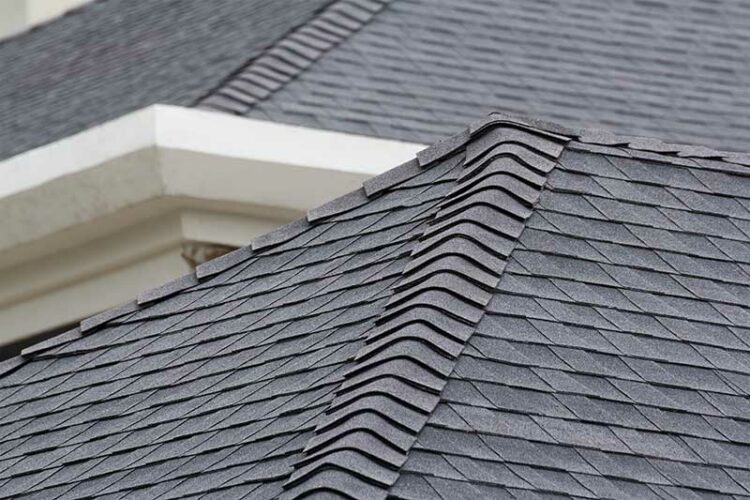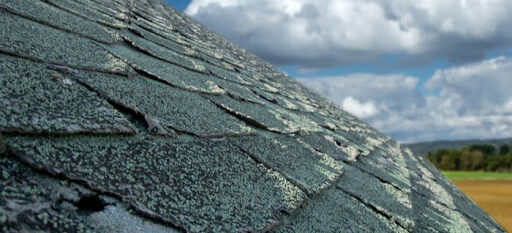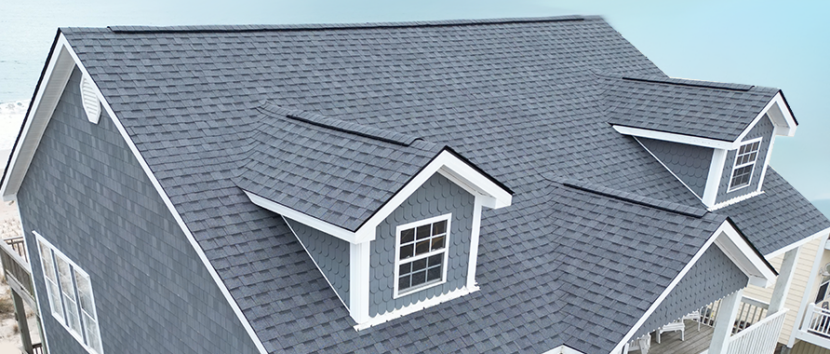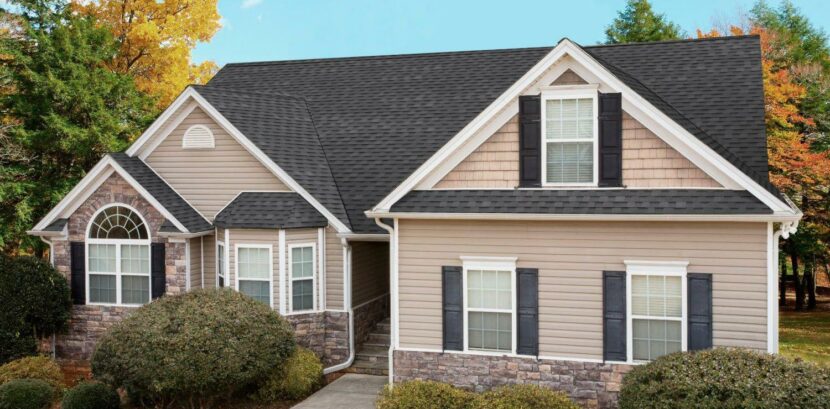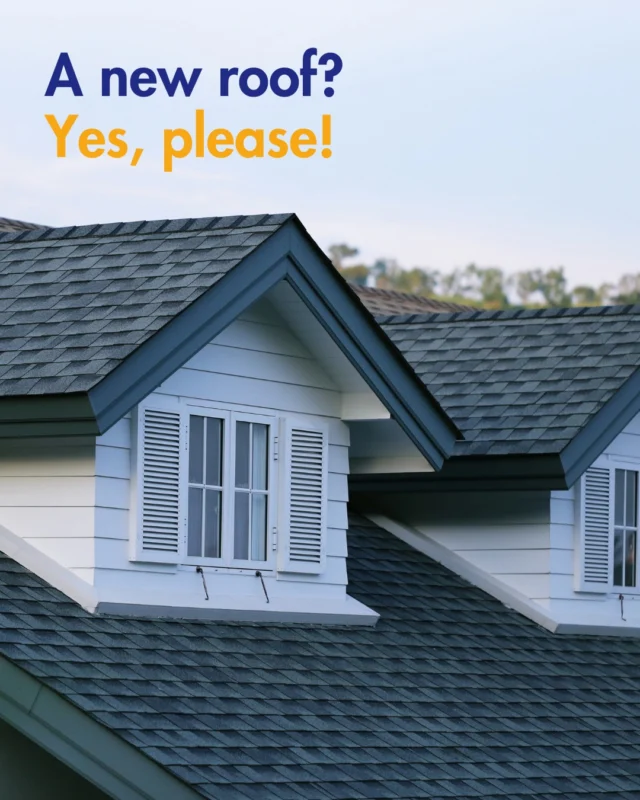How to Keep Birds Off of Your Roof

Birds can wreak havoc on your roofing materials. Their acidic droppings can ruin your asphalt, stimulate algae growth, and damage your HVAC unit. Given enough time, your roof will transform into a thriving ecosystem, and that can be damning to its lifespan. Birds’ nests can clog your drainage and attract flammable twigs and grasses. An aesthetic problem has just become a life-threatening one, and it gets worse: Your beaked friends carry diseases like salmonella, e.Coli, and psittacosis. If that doesn’t sound like your idea of a good time, you’ll need to render your roof unattractive for feathered lifestyles.
How to Keep Birds Away from Roof Materials
Get a Free Estimate Today
60% off installation. Special financing available. See details.
Fix Gaps and Holes
Those gaps and holes might look unattractive to you, but birds find them irresistible because they’re primed for nest-building. Homeowners often rely on spray polyurethane foam to fix the problem, but it achieves the opposite effect. It’s an insular material, so it makes an extremely cozy nest. You’ll have to affect a more lasting repair. Caulk, new shingles, and sheet metal are far more effective. They also come with the happy side effect of keeping water away from your underlayment.
Keep Your Gutters Clear
If you see stains on your siding, flocks will soon follow. Clogged gutters are a treasure trove of nesting materials. Accumulated debris in your downspouts will quickly become a new condo for your resident woodpeckers. Gutter guards or screens will prevent larger nesting materials from collecting in your downspouts, but you’ll still need to perform regular maintenance. You should clean your gutters at least twice a year. If you have pine trees and other serious offenders near your home, you might need to perform gutter maintenance every season.
Loose gravel is the Alka-Seltzer of the bird world. It aids digestion, so feathered creatures seek it out. You might need to add a built-up roofing system as a cap sheet if your roof sheds frequently. You can also cover your roof with mesh to prevent access.
Fix Ponding
An uneven roof creates excellent birdbaths, so pooling requires urgent attention. It can be caused by:
- Blocked drainage channels
- Degraded roofing materials
- Ice damage
- An unsealed membrane.
All four of these problems will eventually become catastrophic. Standing water always finds a way into your home, so it can ruin your ceilings, damage your insulation, and even stain your furniture. While a clogged drain can cause severe pooling, warps are a little harder to repair. If your membrane has lost its seal, it’s time to call your roofing company.
Keep Your Chimneys Clean
Chimneys are the preferred nesting sites of Swifts, Starlings, and Jackdaws. Their nests can allow carbon monoxide to gather inside your house. Regular chimney inspections and cleaning can help, but a chimney cap is the only permanent way to bird-proof this part of your roof.
How to Keep Birds from Nesting Under Roof Tiles
Roof tiles are prime terrain for nesting birds, but roof eave closures can help. “Terror Eyes”, reflective tape, and bird spikes all make excellent deterrents. CDs and foil will also disorient neighborhood flocks, but they can cause birds to circle to the point of exhaustion. Netting is a kinder way to keep birds off roof eaves.
OSHA has warned American households of the health risks of bird feces, but it’s illegal to remove an active nest from your roof. Nests can remain in use for as much as four months, so prevention is the best cure. If you birdproof your home long before your feathered neighbors turn it into a Holiday Inn, you won’t have to work too hard to maintain it.
Need help with a roofing project? Click here for a free roofing estimate.
Related article:
How to Keep Birds from Flying into Your Windows

